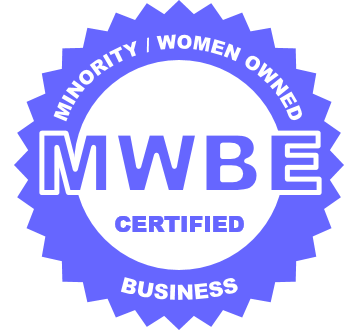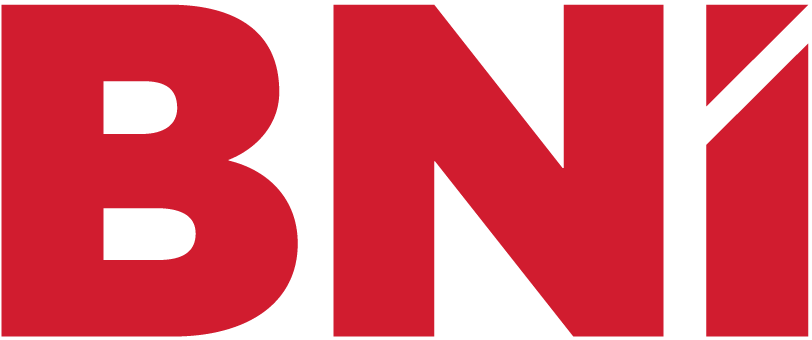A Practical Guide to B2B Inbound Marketing That Works
Your Guide to B2B Inbound Marketing That Works admin April 24, 2025 B2B marketing, Digital Marketing, SEO Strategy B2B marketing isn’t about the loudest brand in the room, it’s about being the one that shows up when your ideal customer is actually looking for you. That’s the heart of inbound marketing. For startups and growing B2B businesses, inbound isn’t just a nice-to-have. It’s how you build trust, generate demand, and create long-term visibility. But not all inbound strategies are built equally, and doing “everything” won’t get you further. Let’s get into what works and how to build a B2B inbound marketing strategy that drives growth without burning out your team. What Is B2B Inbound Marketing? B2B inbound marketing is about attracting the right leads to your business, without shouting for attention. Instead of pushing your product into someone’s inbox, you’re answering a question they’re already asking. Think: a founder types a problem into Google after their investor asks about growth, or a junior marketer scrolls LinkedIn trying to prove their next move is backed by strategy. Inbound marketing makes sure your brand shows up in those moments. Why B2B Inbound Marketing Matters Inbound marketing builds trust before your sales team ever steps in. It works because B2B buyers take longer to convert and do more self-research. And in a world where most people ignore cold emails, trust is everything. In fact, 74% of the B2B buyers conduct more than half of their research online before contacting the company directly to complete a purchase. That means your content, your SEO, and your positioning are doing the selling, whether you planned for it or not. But let’s be clear: inbound marketing doesn’t mean doing everything. At Fluentica, we always start with the basics: Who’s your customer, and what do they need? The more focused your inbound strategy is, the more effective it’ll be. How to Build a Smart B2B Inbound Marketing Strategy Inbound isn’t a content checklist. It’s an engine. And like any engine, it only runs well when each part works with intention. These are the most common tactics we’ve seen drive real results for B2B startups and growing teams: SEO-Driven Blog Content Your blog isn’t a formality– it’s the foundation of your B2B inbound marketing strategy. Educational posts, thought leadership, and industry trends can position your brand as the go-to answer for your ICP’s biggest pain points. Start by using real customer questions, pair them with keyword research, and write like a human. Want to see how SEO and brand messaging work together? We break it down in this blog about what your B2B SEO strategy might be missing. LinkedIn (Founder-Led or Brand-Led) LinkedIn is the digital hallway of B2B marketing. Your future clients are already there. But instead of pitching, show up with substance: Share bite-sized ideas from blog content Start conversations with POVs Use visuals like carousels and short videos to build familiarity And yes, founder-led content outperforms brand pages more often than not. Email Marketing That Nurtures, Not Blasts Inbound doesn’t stop at acquisition. Once someone joins your list, it’s your job to stay top of mind (without annoying them). Share value in every send Segment by need, not just behavior Build sequences that guide, not push Keep the tone human. If your emails sound like a template, they’ll get treated like one. Case Studies That Make the Case A well-structured case study isn’t optional, it’s a B2B must. And no, they don’t need to be 5-page PDFs. Focus on the transformation Show the numbers Quote your client directly Social proof works. People want to see that someone like them got results from working with you. Content That’s Built to Be Repurposed Don’t reinvent the wheel– refine it. A single blog post can become: A podcast episode A LinkedIn carousel A client-facing newsletter A webinar talking point Good B2B inbound marketing doesn’t create content. It creates assets and then amplifies them based on the channel. Lead Magnets That Actually Solve Something No one wants to download a 15-page PDF with zero value. But if your audience is stuck, and you offer something that gets them unstuck? You’ve got their attention. Strategy checklists Audit templates Resource libraries Inbound works best when it meets your audience where they are and gives them something useful to walk away with. It’s All Part of the Ecosystem Inbound marketing is just one part of a bigger system. A full growth engine could look like this (in most cases): Content: Blogs, case studies, lead magnets Amplification: Social media, email, paid media Conversion: Nurture sequences, high-converting website, brand consistency Each part builds off the other. The point isn’t to go all-in on everything, it’s to do what works for your audience. Build Smarter, Not Louder B2B inbound marketing isn’t about volume—it’s about clarity, relevance, and showing up with the right message at the right time. Whether you’re early-stage or scaling, the strategies that work are the ones that are rooted in what your audience actually needs. If your current inbound marketing feels scattered, or if you’re not sure where to start, let’s talk. Fluentica helps B2B startups and small teams build smart, sustainable inbound engines that make noise where it counts. Want your content to convert? Let’s make it happen. Contact us Keeping it Fluent with this Quick Q&A What’s the difference between inbound and outbound marketing? Inbound attracts through helpful, relevant content. Outbound pushes through cold emails, ads, and direct outreach. In B2B, inbound builds trust early. Is inbound marketing worth it for early-stage startups? Yes, especially if you’re still building awareness. Inbound content can drive organic traffic, support sales conversations, and grow credibility over time. How long does it take for B2B inbound marketing to work? Like anything in B2B, it depends. SEO may take months. Social might pick up faster. What matters is consistency. Should I do all of these strategies? Yes and no. Start with what makes sense for your team and your ICP. Build from there. Inbound isn’t
A Practical Guide to B2B Inbound Marketing That Works Read More »










